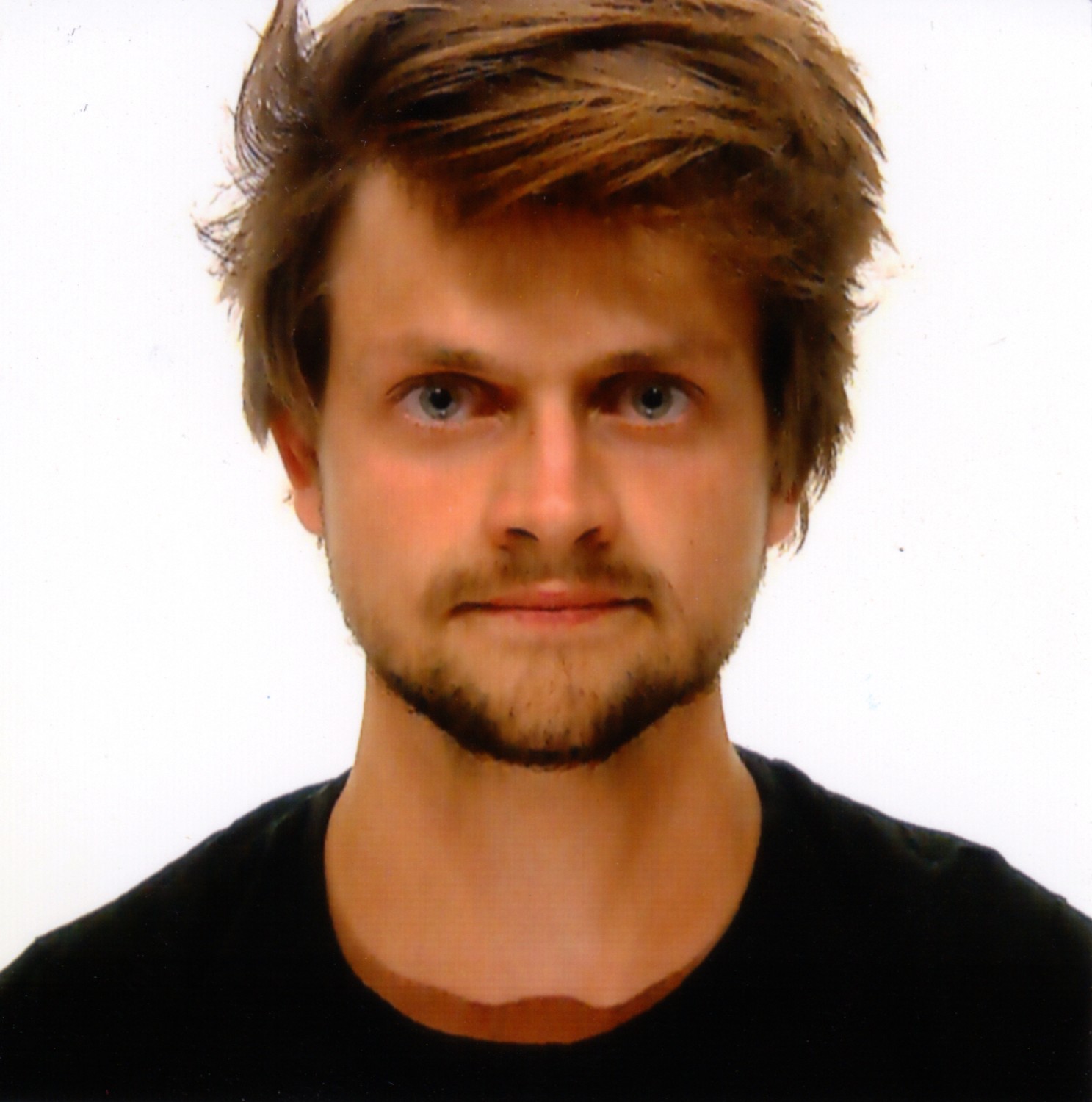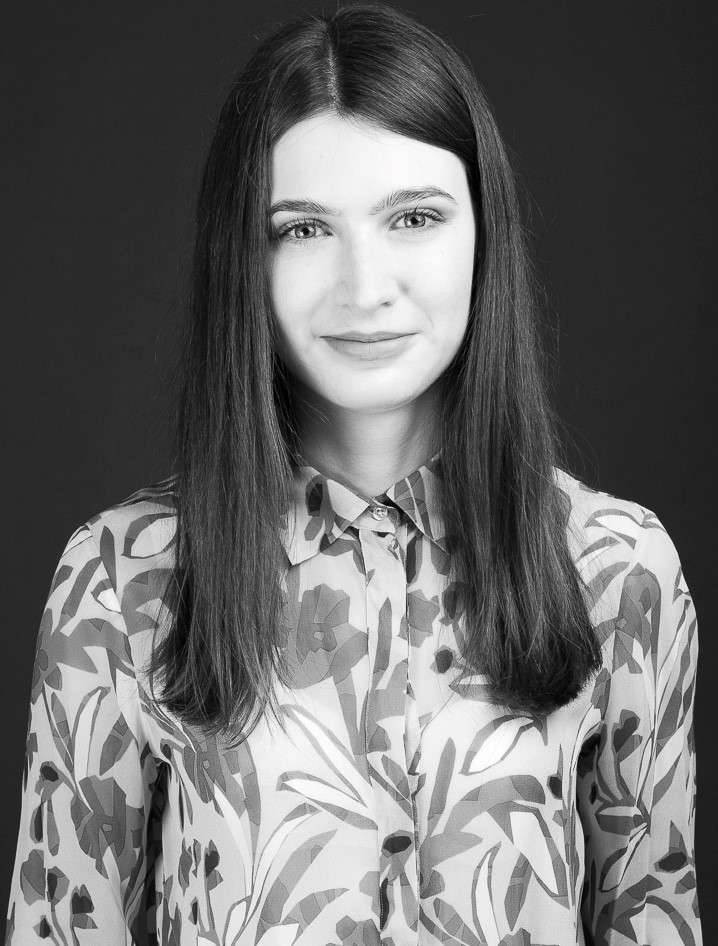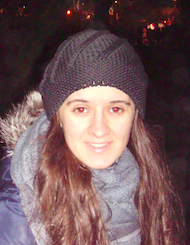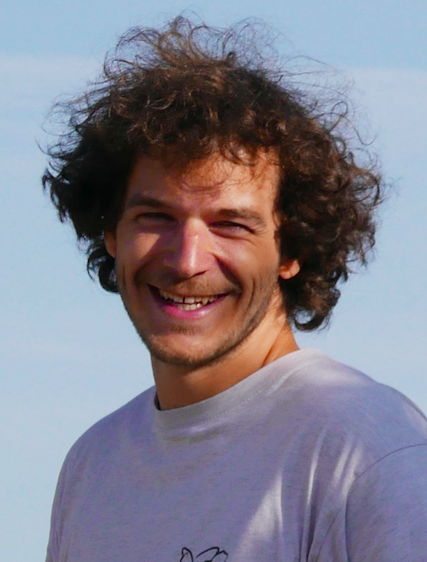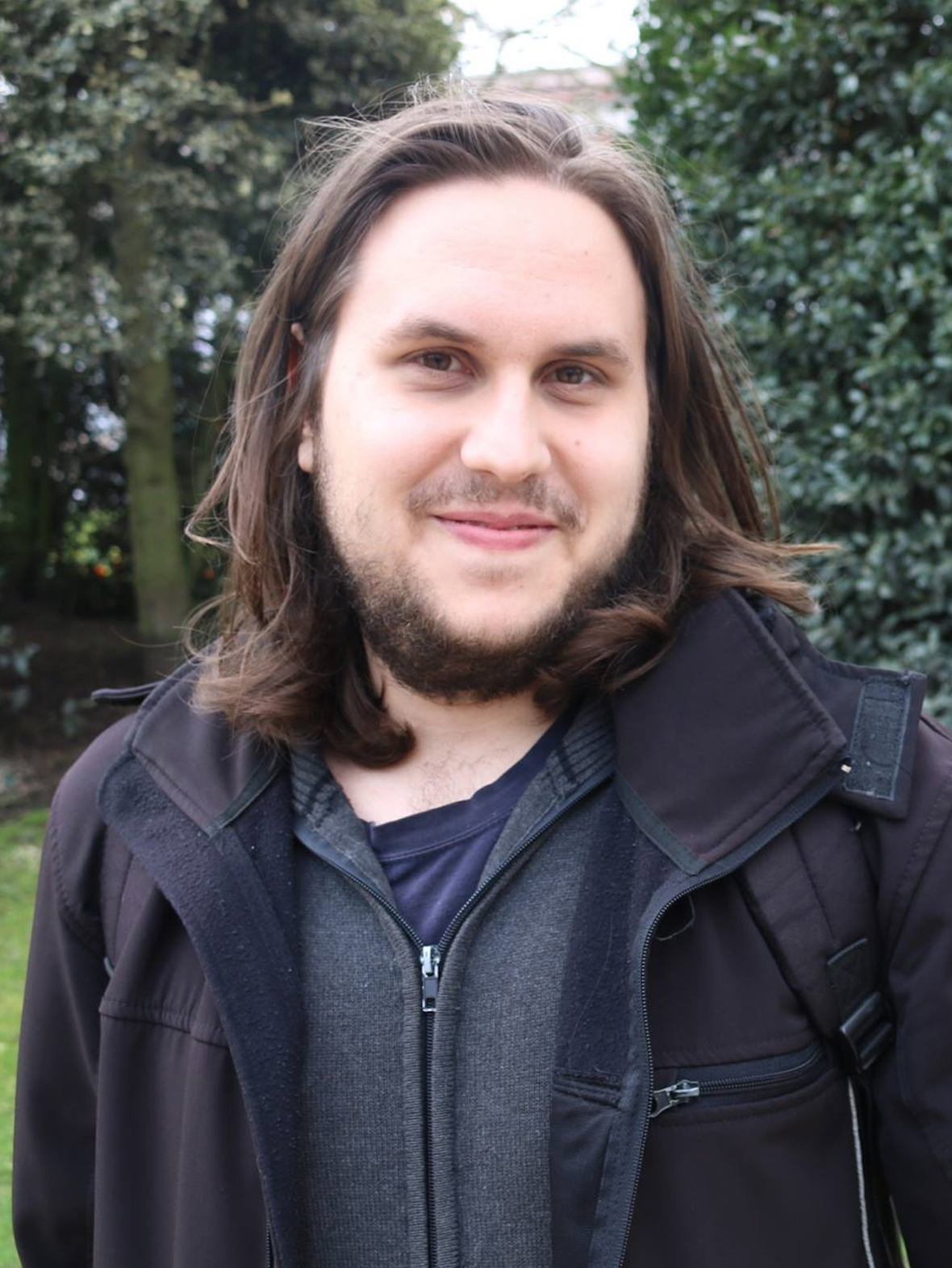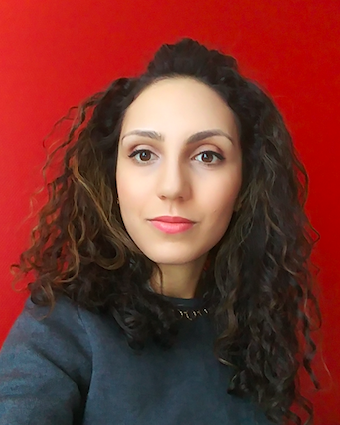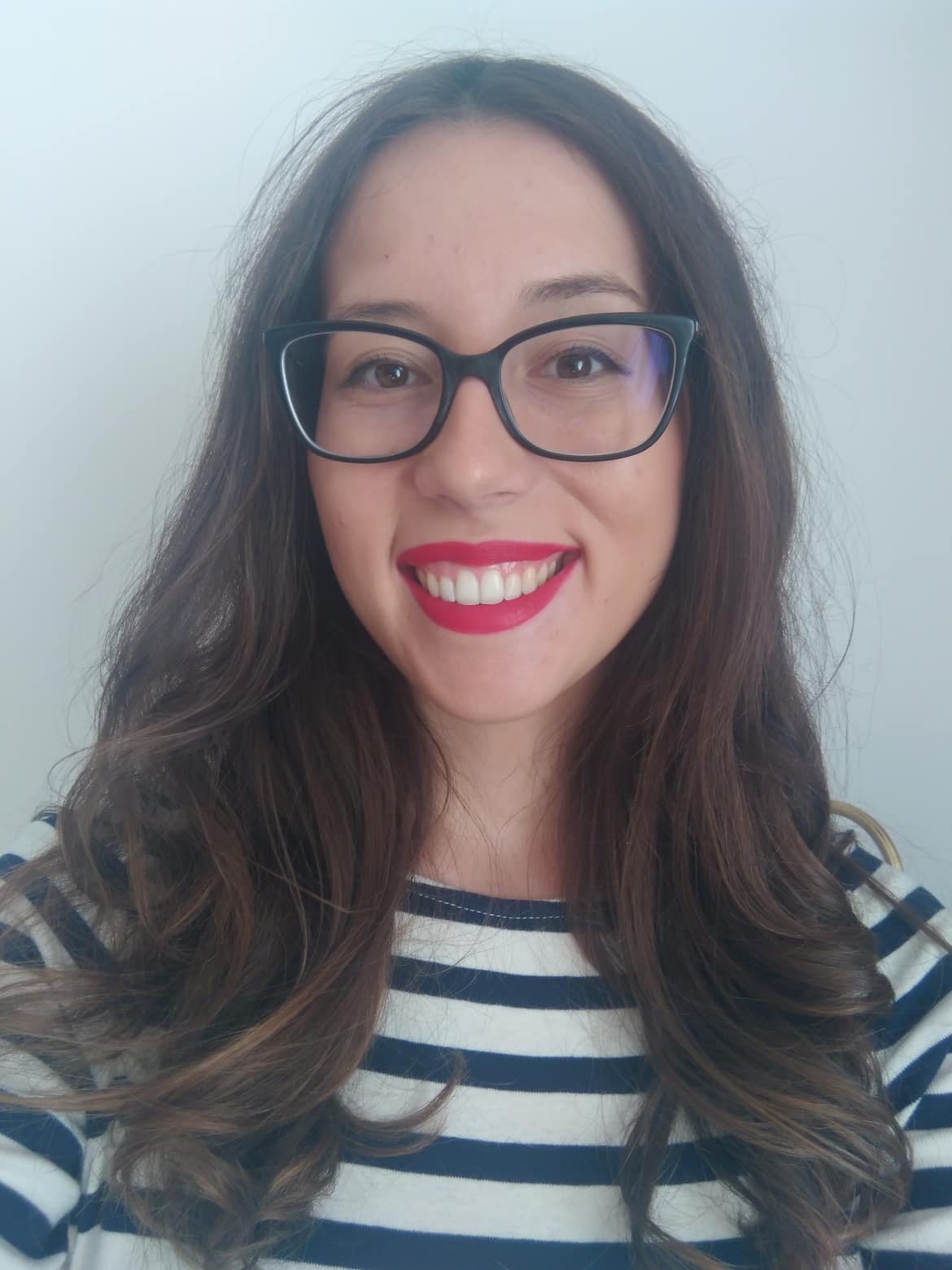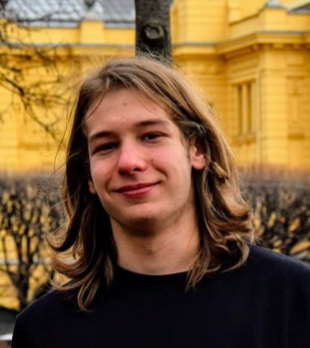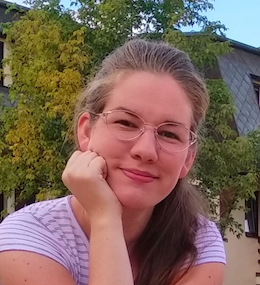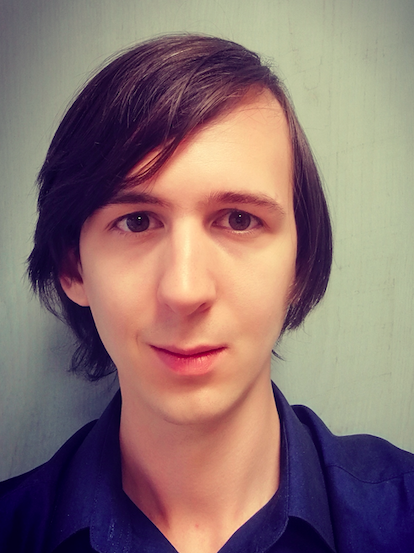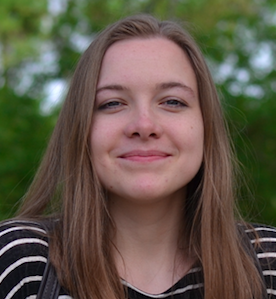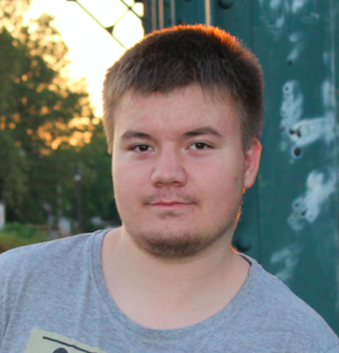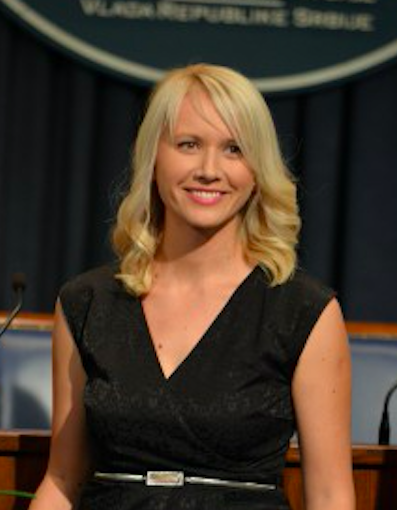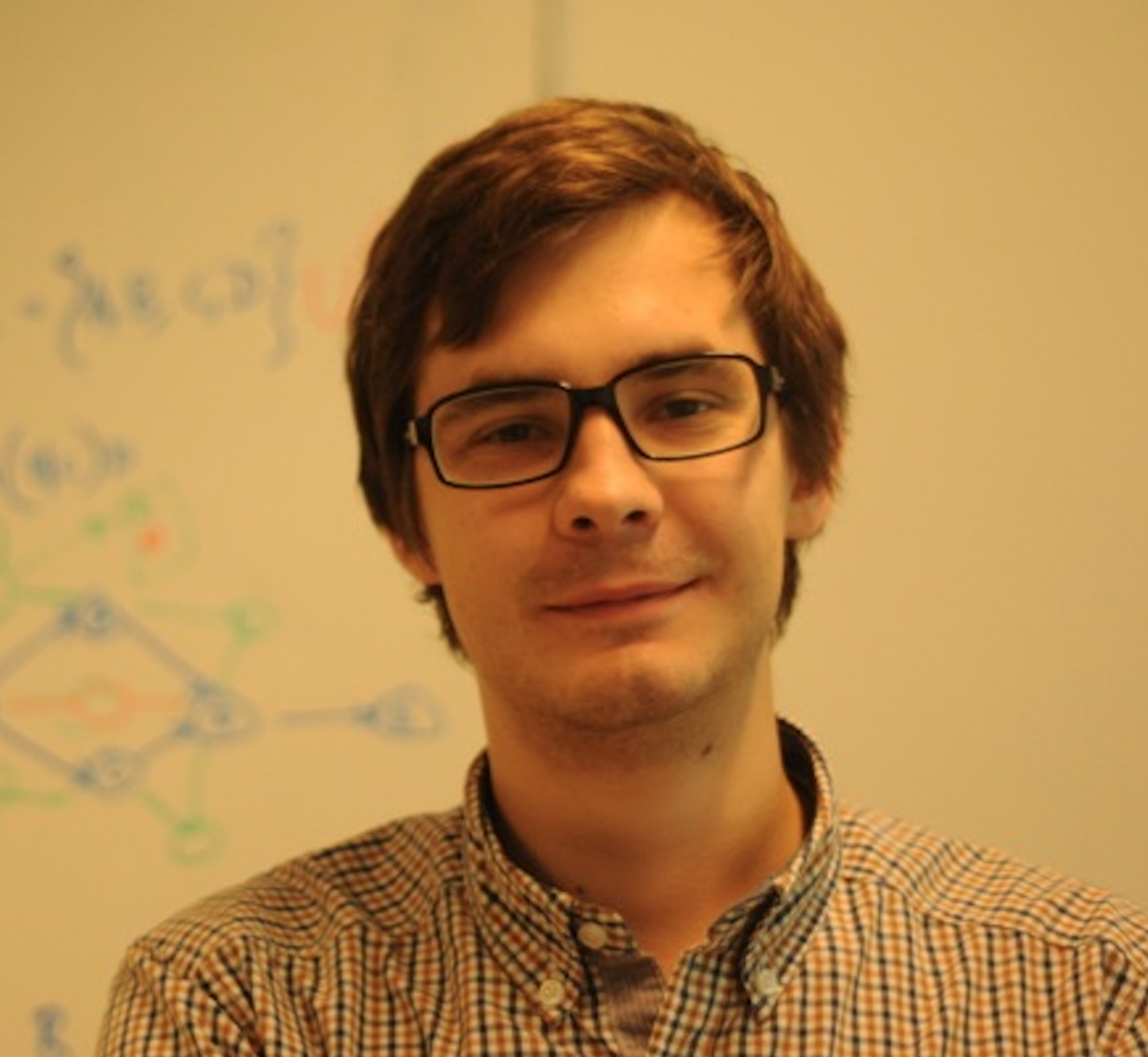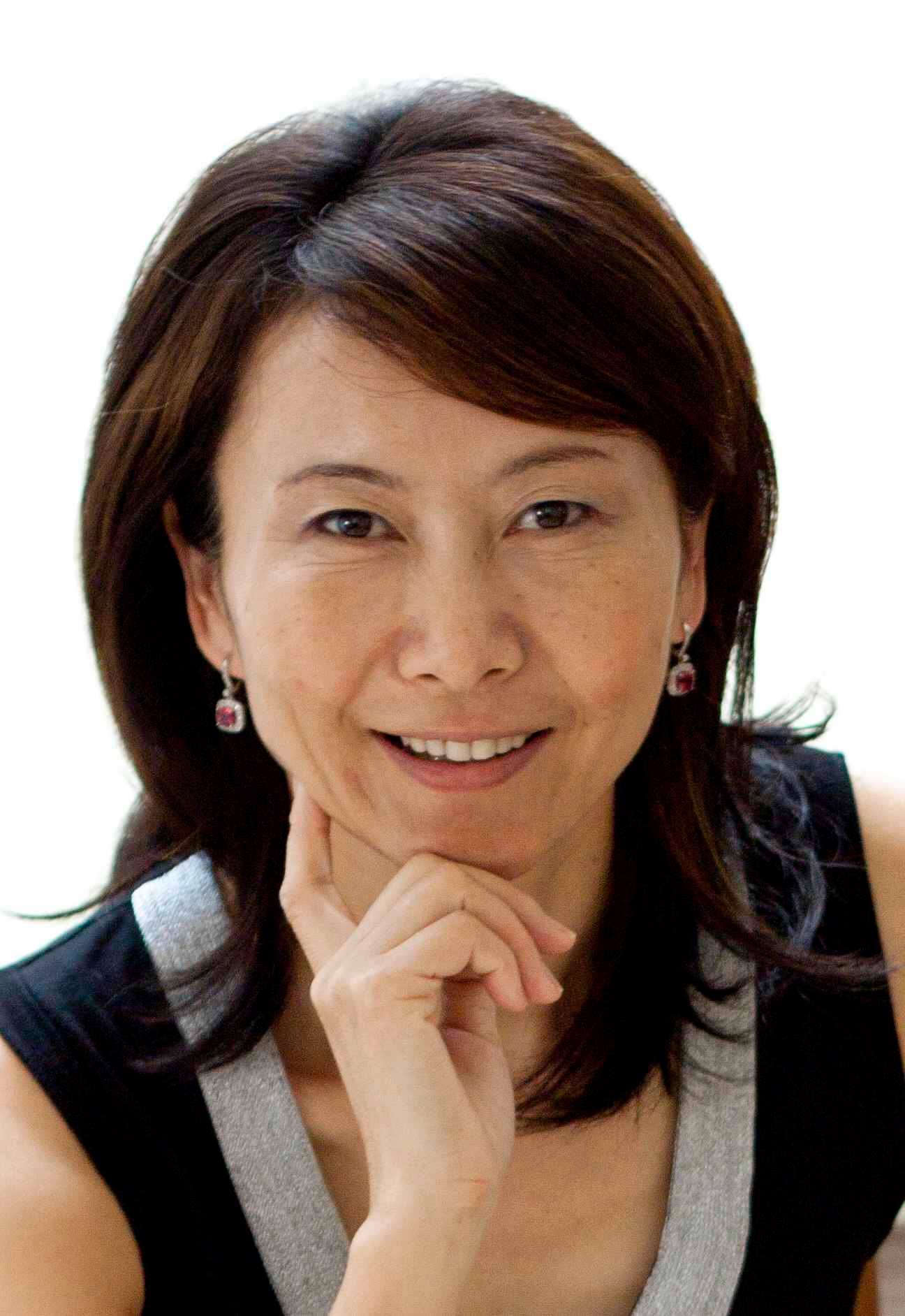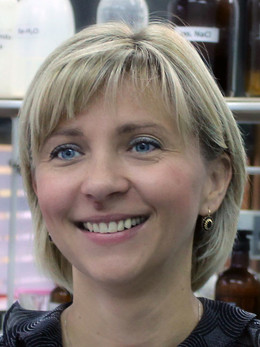Projects
No driver's license needed!
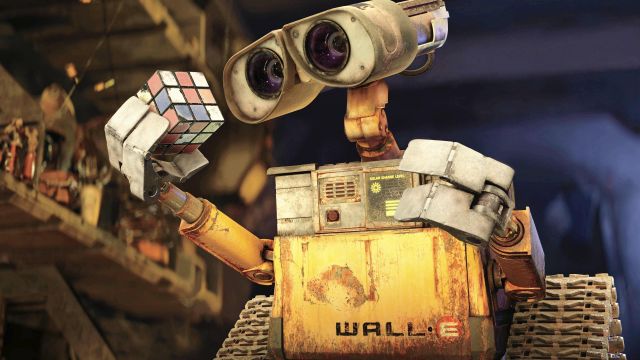 Self-driving cars are no longer the stuff of science-fiction. This idea is being developed all over the world because many believe that, in principle, all the necessary ingredients are available to make them a reality. This is transformational technology, where robotics, artificial intelligence, software engineering, physics and mechanical engineering meet. If this effort is successful, it stands a good chance to be one of the defining technological breakthroughs of the 21st century and change the world we live in.
Self-driving cars are no longer the stuff of science-fiction. This idea is being developed all over the world because many believe that, in principle, all the necessary ingredients are available to make them a reality. This is transformational technology, where robotics, artificial intelligence, software engineering, physics and mechanical engineering meet. If this effort is successful, it stands a good chance to be one of the defining technological breakthroughs of the 21st century and change the world we live in.
There is no better way to understand something than just going out and doing it yourself, which also happens to be exactly what we will do. We will use a raspberry pi (a basic, tiny computer) and try to put wheels under it so the computer can drive itself around a track, using only a camera. This will be a big challenge, involving:
+ Engineering: the car, the camera and the computer are all components of the eventual self-driving car. We will need to figure out how to best build that single machine.
+ Software: Putting all the components together does not only need to happen in the physical world, it also needs to happen inside the "brain" of the car, which would be the computer. We will design the software that makes this happen.
+ Artificial Intelligence: our computer needs to be "intelligent", capable of getting camera-images as inputs and figure out what they mean to stay on track. This will be a challenge in its own right, apart from the software part.
The end-goal of this project is a miniature self-driving car that can drive itself around a track without human intervention.
Elia Van Wolputte
KU Leuven, Belgium
Elia is a PhD student at the University of Leuven in Belgium, where his research is about Machine Learning. Before, he studied AI at KU Leuven and Physics at Ghent University. His spare time is filled with culture, but mostly music. A lot of music. In fact: put him near any audio playing device, and he’ll start to DJ as soon as possible. He also enjoys film, art, literature and an occasional friendly game of basketball.
Do we really need animal testing to keep us safe?
(pdf)
 Here is a quick trivia question: is the use of animal experiments sufficiently reliable and relevant to trust our everyday products are safe?
Here is a quick trivia question: is the use of animal experiments sufficiently reliable and relevant to trust our everyday products are safe?
Cosmetics and personal care products play an essential role in all parts of our lives. However, this means we are repeatedly exposed to their ingredients for long periods of time. In recent years, there has been a move against testing on animals due to the potential harm and suffering it causes these species, especially for “vanity products” such as cosmetics. As a result, the European Union banned the testing of cosmetics ingredients in animals from March, 2013. Without being able to use animals, there is a much greater need for alternative methods, which could provide a better understanding of the potential adverse effects of chemicals on humans, and ultimately benefit everyone.
In this project, we will learn how new cosmetic ingredients could be assessed in the European Union without the use of animal tests by analysing the labels of personal care products. We will explore the role of the Three Rs (Replacement, Reduction and Refinement) in animal experiments and the existing alternative methods to animal testing. We will apply these principles to cosmetics ingredients using a freely available database of information on harmful effects as well as computer models such as machine learning that allow us to predict potential harmful effects from chemical structure and without the need for testing.
Nicoleta Spinu
Liverpool John Moores University, UK
Nicoleta is a Marie Skłodowska-Curie Fellow, based at Liverpool John Moores University in the UK. Her PhD is in computational toxicology with the focus on the development of alternative methods to animal testing. She is passionate about research, regulatory affairs and policymaking. She believes the education is fundamental to create value through innovation, therefore, joined the S3 Summer School of Science. She enjoys reading science-based books, yoga and hiking.
MIMICKING NATURE IN A CHEMISTRY LAB
(pdf)
 If you were asked to name of one important large molecule that you carry in your cells, your answer would most likely be “DNA”. Indeed, this bearer of genetic information is by far the most famous biological molecule. However, it is less known that almost all functions in cell, such as transport of small molecules (e.g. water) and immune protection, rely on an entirely different set of molecules – proteins. While DNA is made of four nucleotides (A, C, G, T) and has a unique shape, proteins are built using twenty different building blocks (amino acids). The human body produces a part of amino acids, however some of them can’t be produced and instead must be taken by food. Deficiency of some amino acids can lead to development of serious diseases, which are related with growth problems, hair loss, walking problems, etc. To investigate and solve the problems related to proteins, peptides (common name for short proteins) and amino acids, we don’t have to rely on the Nature. Instead, the chemists can prepare all these structures in the lab!
If you were asked to name of one important large molecule that you carry in your cells, your answer would most likely be “DNA”. Indeed, this bearer of genetic information is by far the most famous biological molecule. However, it is less known that almost all functions in cell, such as transport of small molecules (e.g. water) and immune protection, rely on an entirely different set of molecules – proteins. While DNA is made of four nucleotides (A, C, G, T) and has a unique shape, proteins are built using twenty different building blocks (amino acids). The human body produces a part of amino acids, however some of them can’t be produced and instead must be taken by food. Deficiency of some amino acids can lead to development of serious diseases, which are related with growth problems, hair loss, walking problems, etc. To investigate and solve the problems related to proteins, peptides (common name for short proteins) and amino acids, we don’t have to rely on the Nature. Instead, the chemists can prepare all these structures in the lab!
In this chemistry project, we will try to answer how reactions that Nature does very easily can be prepared or even improved in a flask. You will learn about techniques for detecting and characterizing amino acids and peptides, as well as methods for isolation of amino acids from natural sources. You will become familiar with and make models of amino acids, do chemical synthesis in a lab and finally learn how determining the structure of the synthesized molecules is much like solving the puzzle consisting of spectroscopy data (mass spectrometry and nuclear magnetic resonance) in our case.
Mladena Glavaš
Ruđer Bošković Institute, Croatia
Mladena is a third year PhD student of organic chemistry in Zagreb. She works on organic synthesis of macrocycle compounds. Every year, she participates on a few chemistry conferences, schools and workshops in Croatia and abroad. She very much likes animals and because of that she is a vegan. In her free time she likes jogging, hiking, riding a bike, traveling and learning Spanish language.
Peaking inside the Mind
(pdf - Decoding the human brain)
 Every one of us makes a billion decisions every day. Should I turn right or left here? Should I eat my snack now or save it for later? Some of the decisions we make require knowledge obtained through many years of studying, while others are simply based on our senses and intuition. Some decisions we make unconsciously and fast, while others require days and weeks of preparations. How do people make such decisions is a mystery that fascinated scientists for centuries, from philosopher Renee Descartes to the Nobel-prize laureate cognitive scientist Daniel Kahneman. Answering this question requires an effort from various scientific fields, including neuroscience, cognitive science and computer science.
Every one of us makes a billion decisions every day. Should I turn right or left here? Should I eat my snack now or save it for later? Some of the decisions we make require knowledge obtained through many years of studying, while others are simply based on our senses and intuition. Some decisions we make unconsciously and fast, while others require days and weeks of preparations. How do people make such decisions is a mystery that fascinated scientists for centuries, from philosopher Renee Descartes to the Nobel-prize laureate cognitive scientist Daniel Kahneman. Answering this question requires an effort from various scientific fields, including neuroscience, cognitive science and computer science.
A great polygon to study how humans make decisions are video games: they allow us to quickly analyse large quantities of decisions and adapt the scenario on demand. To better understand how humans make decisions, the following two projects will investigate the problem from two different perspectives - neuroscience and artificial intelligence - by means of video games.
Decoding the human brain (project leader: Alexandre Kempf): In this project, the participants will learn the basics of neuroscience and study the cognitive functions in human brain. Our main tool to peak insight the brain will be EEG measurements - a popular method to study cognitive functions. We will explain and analyse the pros and cons of most of the techniques used in neurosciences, and will dive into the numerous signals the brain emits. The final goal of the project will be to play the game of "Breakout" through a brain-computer interface realised by EEG: the player will be able to play the game by performing some mental activity instead of using a keyboard. To achieve this, we will need some help from computer science. In short: It's going to be a lot of fun!
Mimicking the brain (project leader: Sebastijan Dumančić): In this project, we will reverse-engineer the process of human decision making. We will develop an artificially intelligence agent, a computer program, that plays the game of "Breakout". We will pay the special attention to modelling the process of learning - instead of programming every possible situation an agent can experience, we will give it ability to learn from the demonstrations. In order to do so, we will have to collect a large collection of demonstration how to play the game and develop a mathematical model of how we, humans, learn. The main challenge will be to boil down the learning ability to an algorithm a computer can execute. In short: it's going to be super fun!
Alexandre Kempf
PandaScore, France
Alex holds a PhD in neurosciences and machine learning from CNRS Paris. He was a mentor in the previous two editions of the Summer School, and he enjoyed it so much he decided to sign up for yet another round! He loves sports, especially volleyball and badminton. He is listening music all day long and playing the guitar or the piano occasionally. He enjoy spending time on his computer to do 3D modeling and video games.
Sebastijan Dumančić
KU Leuven, Belgium
Sebastijan is a postdoctoral research fellow at KU Leuven in Belgium. He is a computer scientist with a specialisation in artificial intelligence. His main interest is to enable computers and algorithms to think logically. In his free time, Sebastijan enjoys travelling, reading and an occasional game of squash.
In-DYE-go
(pdf)
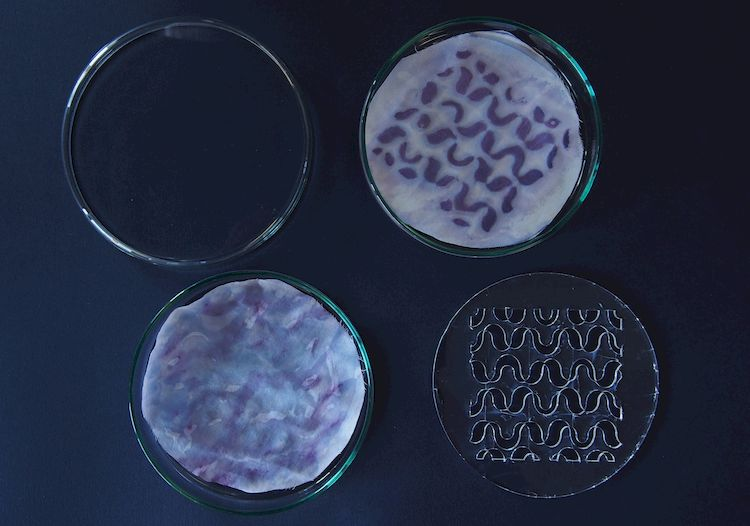 Look through your closet, how many different colors do you see? Pink, green, purple, red etc. You probably also own at least one, or more, pair of jeans. As cool as these colors are, did you know that most clothing companies use chemically synthesized dyes to create these different colors? These dyes often have ingredients derived from carcinogenic petrochemical derivatives (material that causes cancer). In addition, toxic chemicals from dyes also create severe environmental havoc in form of air, water & soil pollution. Nature produces many natural dyes, but unfortunately they are not produced in sufficient quantities to be used industrially. What if I told you that there was a way to be fashionable while being environmentally responsible?
Look through your closet, how many different colors do you see? Pink, green, purple, red etc. You probably also own at least one, or more, pair of jeans. As cool as these colors are, did you know that most clothing companies use chemically synthesized dyes to create these different colors? These dyes often have ingredients derived from carcinogenic petrochemical derivatives (material that causes cancer). In addition, toxic chemicals from dyes also create severe environmental havoc in form of air, water & soil pollution. Nature produces many natural dyes, but unfortunately they are not produced in sufficient quantities to be used industrially. What if I told you that there was a way to be fashionable while being environmentally responsible?
Using gene cloning techniques we will introduce a gene into E. coli bacteria to produce an indigo color. We will then put our researcher goggles aside and put on our fashion designer hat, to create our own patterns using 3D printers and with the genetically modified bacteria create our silk masterpieces. During this project we will learn how to design and optimize a plasmids, clone it into an organism, and apply it to create art.
Rose Esmander
Almerys & Ecole Superieur de Commerce de Paris, France
Rose is a researcher, an enthusiast, and a dreamer. She is currently doing her PhD at ESCP Paris. She is fascinated by being healthy and all the underlying biological, behavioral, psychological, and technological factors that underlie health. Rose did her undergraduate studies at the University of Toronto in Biology and her master’s in interdisciplinary studies in Paris. She firmly believes that you do not need much to do science, all you need is a curious mind, outside the box thinking, and dedication to learning. Rose’s motto in life is: “live like you are going to die tomorrow and learn like you are going to live forever”.
Workshops
GETTING THE MESSAGE ACROSS
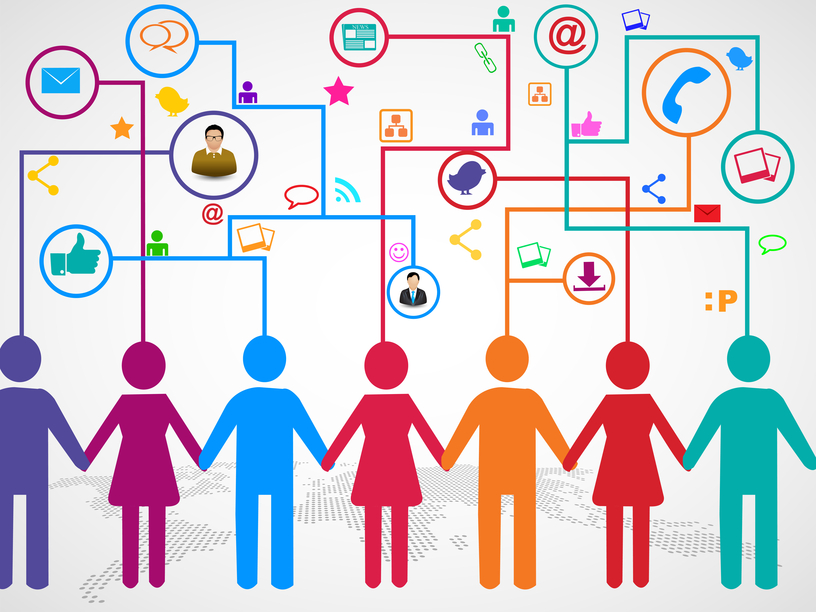 Social skills are important, not only in professions like teachers and TV hosts, but also for scientist, who need to communicate scientific findings to people that are not familiar with terminology in specific field. Also, their findings often impact different projects, politics and other serious decisions.
Social skills are important, not only in professions like teachers and TV hosts, but also for scientist, who need to communicate scientific findings to people that are not familiar with terminology in specific field. Also, their findings often impact different projects, politics and other serious decisions.
This workshop consists of three parts. In the first part, the participants will get to discover which type of personality they have and how to work efficiently in groups with people different from themselves. In the second part, participants will learn about the core presentation skills: they will learn how to prepare for presentation, what to avoid and how to reach their audience. They will also practise presentation skills. In the final part, participants will learn about non-verbal communication: why is it important and how to improve it. Throughout examples they will discuss messages sent by body language. Workshop is intended for all learners interested in science, independently of their field of interest, traits and diversities.
Matea Horvat
University of Zagreb, Croatia
Matea studies psychology at University of Zagreb and is specially interested in organizational psychology. During her studies, she did scientific research on job satisfaction, life satisfaction and work-life balance. Matea currently works on her graduate thesis about work-life balance, as well as an HR assisstant in a big corporation. Working with children of different ages is another thing that inspires Matea, as they teach her how to be simple and honest. Matea’s hobby is singing - she spends her free time preparing for concerts and festivals, singing and playing piano.
WHEN SCIENCE MEETS ART
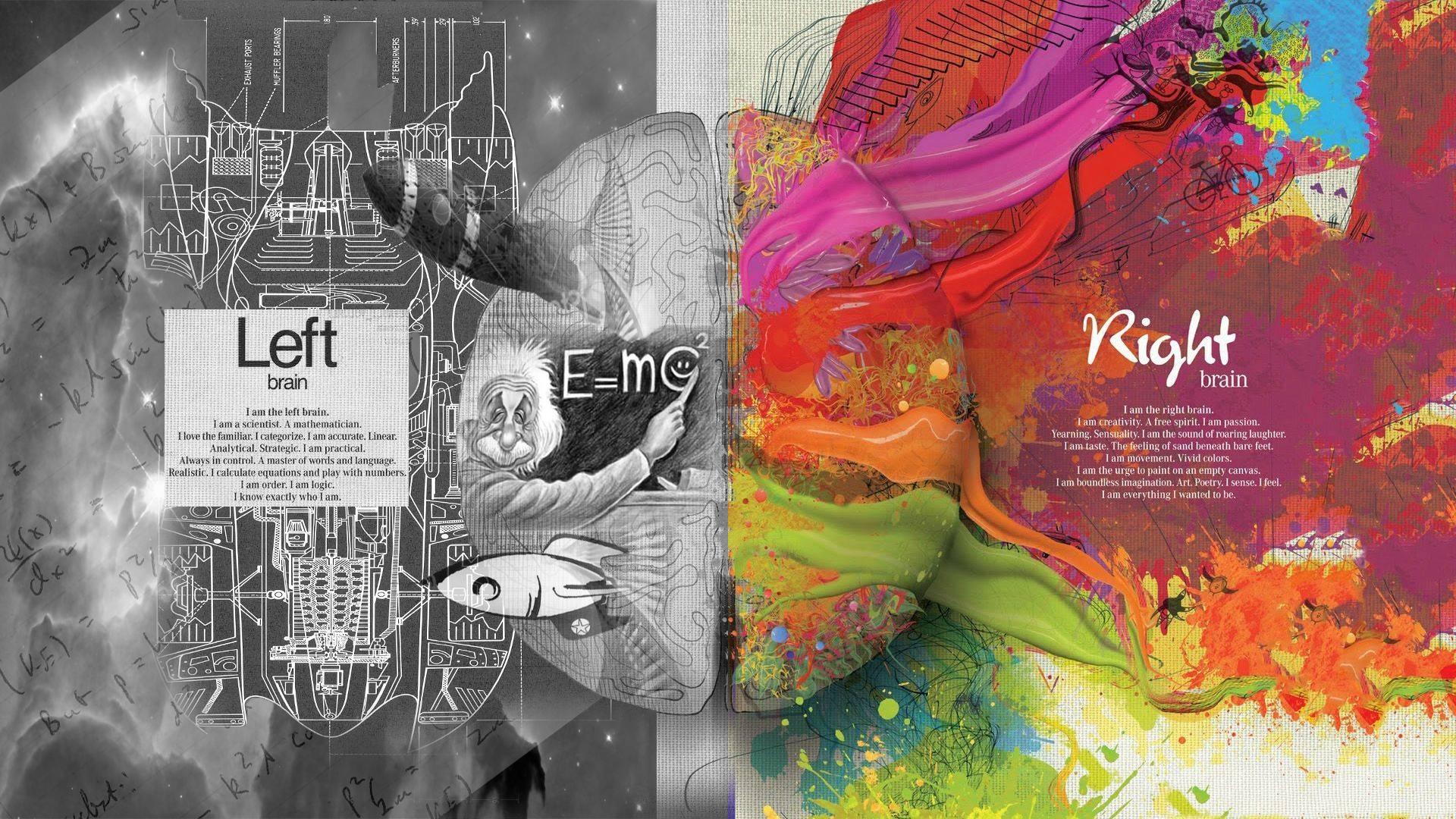 We tend to think that art is all about creativity, while oppositely the science is about a rational way to investigate the world by applying tested methods. Is it true, though, that there is no contact point between the two? In this workshop, you will get a chance to express your creativity through one of the most persuasive technologies today — 3D printing. 3D printing is slowly but surely entering every pore of human activity, from producing pieces for car manufacturers, over bone transplants to pottery and even 3D printed selfies (google it, it's a real thing!). But 3D printing is long passed the point of being limited to industrial applications only and is nowadays used to create unique fashion pieces, like the one produced by the startup The Girl and the Machine. In this workshop, you will take upon the role of a designer and turn your S3 project into a piece of art.
We tend to think that art is all about creativity, while oppositely the science is about a rational way to investigate the world by applying tested methods. Is it true, though, that there is no contact point between the two? In this workshop, you will get a chance to express your creativity through one of the most persuasive technologies today — 3D printing. 3D printing is slowly but surely entering every pore of human activity, from producing pieces for car manufacturers, over bone transplants to pottery and even 3D printed selfies (google it, it's a real thing!). But 3D printing is long passed the point of being limited to industrial applications only and is nowadays used to create unique fashion pieces, like the one produced by the startup The Girl and the Machine. In this workshop, you will take upon the role of a designer and turn your S3 project into a piece of art.
Workshop leaders: Alexandre Kempf, PandaScore, France & Mario Zelić, University of Zagreb, Croatia
RESEARCH SWAPSHOPS
Telling the future with mathematics: probability and crime prediction
If you've ever watched late-night TV, you've probably seen fortune tellers claiming they can tell the future if you call them – usually using some magic instruments. While the aforementioned is far-fetched, mathematicians can actually use probability calculations to predict the certainty of an outcome. Furthermore, we can use our knowledge of probability to help us understand when and where crime will (potentially) happen so police departments can work pre-emptively. Using mathematical models combined with knowledge from social media platforms such as Twitter, mathematics can help police departments battle crime before it even happens. In this swapshop, we'll discuss how this application of mathematics works and we'll try to build some simplified models for prediction.
Swapshop leader: Mario Borna Mjertan, University of Zagreb, Croatia
Trapping the light to make the food: photosynthetic pigments
The metabolic process, known as photosynthesis, is a basis for sustaining life in plants, the only organisms able to produce carbohydrates using only carbon dioxide, water and sunlight. Through the food webs, this process actually obtains food for all of us on Earth. A group of pigments called chlorophylls, molecules able to trap the energy of light, are the key for the photosynthesis. There are several types of chlorophylls, that absorb in different parts of light spectrum. Vascular plants contain chlorophyll a and b in different ratio, depending on quality of sunlight they are exposed to. In this swap shop, we will extract pigments from leafs directly exposed to the sunlight and from those in the shade and calculate the amount of two types of chlorophyll based on spectral analysis.
Swapshop leader: Bojana Mićić, Petnica Science Center, Serbia
COMPUTATIONAL TOXICOLOGY: CAN CHEMISTRY AND COMPUTERS REPLACE ANIMAL TESTING?
Animal testing is the established method for the assessment of chemical toxicity. The procedure usually involves exposing a given animal species to the target compound while observing and quantifying the effects. Results are than, more or less successfully, extrapolated to humans. Strangely enough, despite significant progress in all areas of life sciences throughout recent decades, advancements to this toxicological procedure have been negligible. Indeed, major changes have been legislative rather than technological. Currently there are well established and elaborate guidelines for various animal tests that are required during development and production of chemicals, where any individual test might cost up to a million euros and take years to complete (most notably, when offspring need to be observed for adverse effects). Apart from being a financial burden, this has also raised many ethical concerns related to animal well-being. Clearly, we should be able to do better.
During this swapshop we will discuss recent developments in the field of computational toxicology and explore specific challenges that arise during toxicological predictions, such as defining chemical similarity and recording chemical structure for computational analysis. Finally, we will attempt to predict some toxicologically relevant endpoints from experimental datasets.
Swapshop leader: Kristijan Vuković, Mario Negri Institute for Pharmacological Research, Milan, Italy
Cepheid variable stars: Measuring the age of the Universe by counting photons
Cepheids, a specific type of variable stars, are used as “standard candles” in measurement of distances in astronomy. Measuring the period and the brightness of these stars, astronomers can easily determine their distance. Hubble Space Telescope obtained a lot of images of various galaxies in the Universe, with a lot of images of Cepheid stars in those galaxies. By measuring their brightness, we will determine their and their host galaxies’ distances. When we find that, Hubble’s law, one of the basic laws in cosmology, can help us to obtain the age of the Universe! So, we will travel through one of the most important episodes in the history of astronomy, just by using several astronomical images and few basic laws of astrophysics!
Swapshop leader: Miroslav Živanović, University of Belgrade, Serbia
Chemistry of plants: how nature provides us with medicines
Herbal drugs were the essence of the oldest known type of health therapy - there is evidence of their usage from thousands of years ago in ancient China, India and Egypt. The most well-known type of herbal medicine is tea. Tea originally had a therapeutical role, which is partially kept till today. But have you ever wondered which ingredients are found in teas that are used for treating specific health issues? At this swapshop, we will learn what herbal medicines are and get familiar with some of them. We will study the bark of glossy buckthorn, leaf of senna and leaf of purple foxglove, as well as chemicals responsible for their therapeutic properties. After isolating the active ingredients and proving their presence by chemical reactions, we will learn how their structures look like and which parts of the structures are responsible for their activity.
Swapshop leader: Petra Parac, University of Zagreb, Croatia
Uncovering the secrets of the brain
Ever since we realised that the brain is in control of our bodies, we have been asking ourselves: how does it work? Attempts to uncover the underlying mechanisms of how our brains function have improved greatly over the years, thanks to various technical advancements. An electroencephalograph (EEG) is a valuable tool which can help us see what is happening inside of our heads by measuring voltage changes all over the brain. In this workshop, we will learn what is an electroencephalograph, how it works and why is it so significant for us in the medical field. Then we will hook the EEG on somebody’s head, record it and see how different actions affect different parts of the brain.
Swapshop leader: Mario Zelić, University of Zagreb, Croatia
Lectures
Lecture schedule
July 30th, 2019
Dragana Ilić (University of Belgrade, Serbia): Seeing the unseeable: the first direct image of a black hole
Lecture video
July 31st, 2019
Vladimir Dzyuba (Flanders Make, Belgium): In practice, how smart is artificial intelligence right now?
Lecture video
August 3rd, 2019
Pearl Pu (EPFL Lausanne, Switzerland): Emotion analysis in natural language
Lecture video
August 4th, 2019
Ivanka Jerić (Ruđer Bošković Institute, Croatia): How to mimic nature?
Lecture video
About the lecturers
Dragana Ilić
University of Belgrade, Serbia
Dragana Ilić is a professor of astronomy at the Matematics Faculty of University of Belgrade and winner of L’Oreal UNESCO For Women in Science award.
She has obtained her Ph.D. in astronomy from Universities of Belgrade and Padova. Her current research is focused on spectroscopy of active galactic nuclei and description of black holes in centres of galaxies. Being exceptionally active in education, Dr. Ilić is also a winner of the Belgrade astronomy observatory award for contribution to the education of young researchers.
Vladimir Dzyuba
Flanders Make, Belgium
Vladimir Dzyuba is a research engineer at Flanders Make, a strategic research centre in Flanders, Belgium, which focuses on innovation in manufacturing. He has been working on such topics as predictive maintenance, intelligent product design, and expert knowledge discovery. He obtained a PhD in Computer Science at KU Leuven, Belgium. His research focused on interactive data analysis, or using artificial intelligence to help people make sense of huge amounts of data. During his studies, he also frequently worked on sports analytics.
Pearl Pu
EPFL Lausanne, Switzerland
Pearl Pu currently leads the Human-Computer Interaction Group in the School of Computer and Communication Sciences at the Swiss Federal Institute of Technology in Lausanne (EPFL). A native from Shanghai, she obtained her degrees from the University of Pennsylvania, USA.
Dr. Pu’s research is multi-disciplinary and focuses on issues in the intersection of human-computer interaction, artificial intelligence, and behavioral science. She is well known for designing novel user study experiments and pioneering user-centered recommender technology. Dr. Pu is the recipient of numerous awards, as well as the co-founder of three startups, for which she received the 2008 CHINICT Award and the 2014 Worldwide Innovation Challenge Award.
Ivanka Jerić
Ruđer Bošković Institute, Croatia
Ivanka Jerić is a Senior Scientist at the Ruđer Bošković Institute, Zagreb, Croatia, Head of the Laboratory for biomimetic chemistry, and currently acts as Assistant Director. Ivanka received her PhD degree from the Faculty of Science, University of Zagreb in 2000. She has extensive experience through her participation in various research projects, and gained educational experience through teaching at three Postgraduate PhD Study Programmes and the supervision of student theses in various graduate and postgraduate programmes. Furthermore, she has acted as the Coordinator or a member of the Organising Committee of several workshops and international conferences.
Ivanka is interested in mimicking some of the important Nature’s components, mostly from the rich pool of peptide and carbohydrate compounds. Main goal of her group is development of methods and strategies to assemble structurally complex, polyfunctional molecular architectures.
